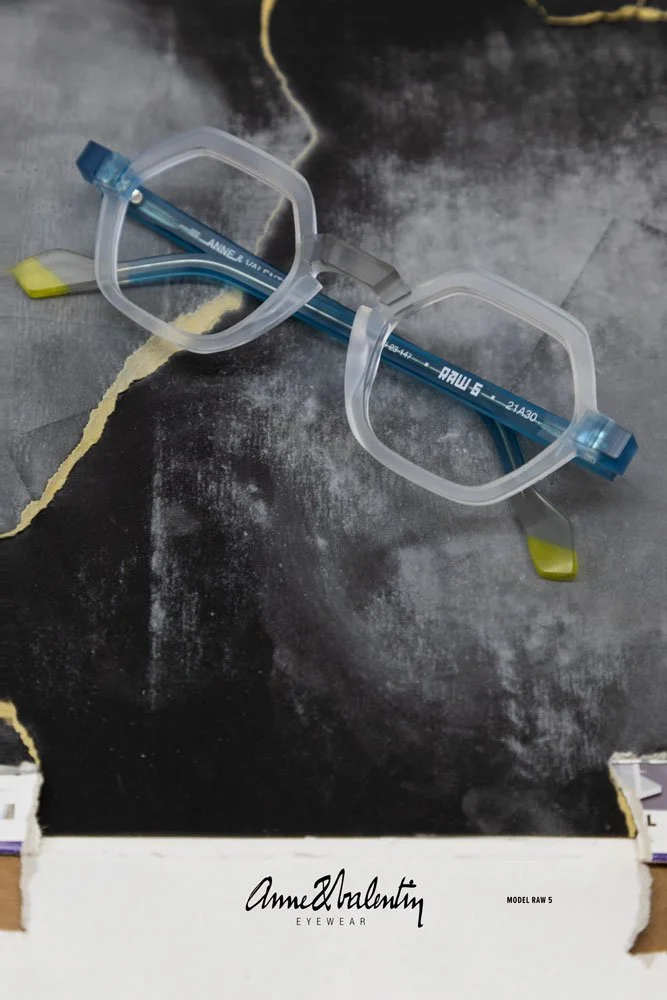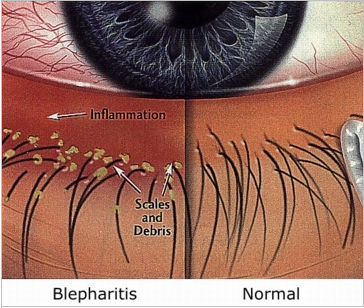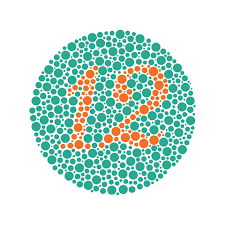Anne et Valentin continue to be one of our favourite ranges. And we love the origin story of these beautifully crafted frames - Anne et Valentin really started as a love story.
Rama Valentin, the son of Anne et Valentin founders, described his parents as hippies from the south of France. Both with quite artistic backgrounds; Valentin was a playwright and Anne did a lot of visual arts. And at some point they decided they had to get serious about their lives, so Valentin became an optician. He got a diploma and opened their first store in 1980.
They quickly realized that the stores were a success, but they were not fulfilling their creative side. In the 1980's, there was really very little available that satisfied their fashion or artistic sense in the eyewear world. So they created their own brand just for their stores and for their friends.
They would wear their frames to different trade shows, meeting opticians who would say, “Your frames are cool! Next time you make some, please do 50 for me or 100 for me.” Soon they were in the 10 best stores in France.
In 2017 the founder Anne was ready to step back, and made the decision to sell the company. This was challenging because the family part of the company was an essential aspect of the business, which they wanted to retain. Initially they were approached by very large companies before they found an independent optician in France. It felt like they had found someone with the same attitude and a true continuation in what the story is for Anne et Valentin.












